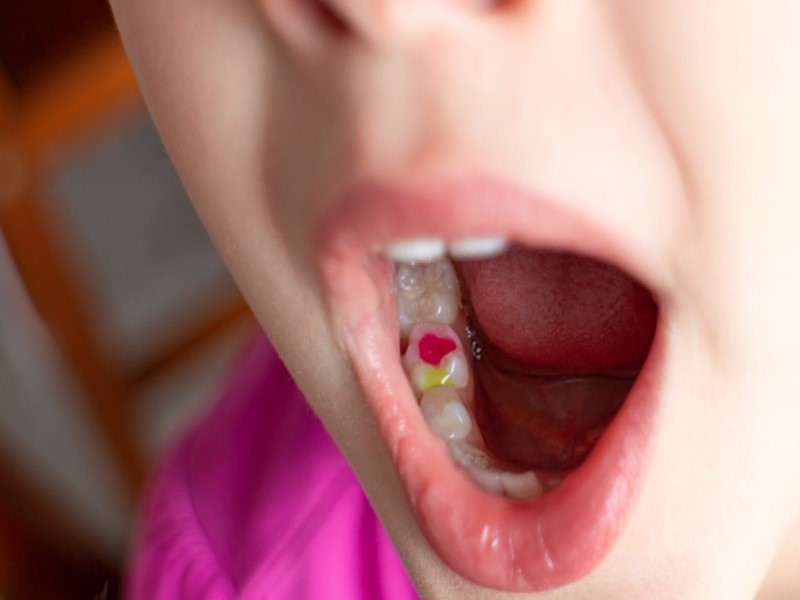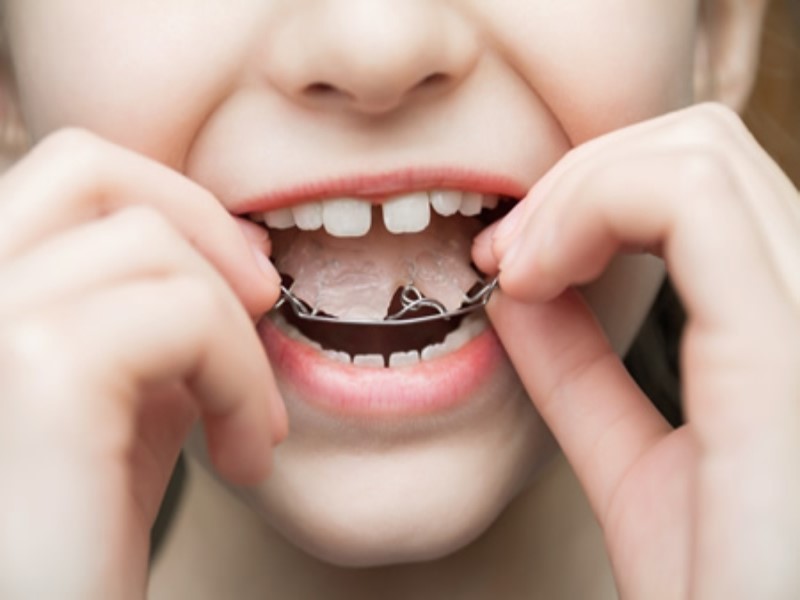Заполнение зубов у детей против коронки
Кариес зубов, самое распространенное хроническое заболевание детского возраста, вызывает растущую озабоченность, поскольку Национальный институт стоматологических и лицевых исследований сообщает, что до 42% детей в возрасте от двух до одиннадцати лет страдают от кариеса. Однако обнаружение кариеса на ранней стадии может значительно упростить лечение этих стоматологических проблем. Родители обычно задаются вопросом, какое лечение лучше для их детей: заполнение молочных зубов или коронка? Вот полное руководство по этому вопросу.
Что такое заполнение зубов?
Заполнение зубов, также известное как стоматологическое восстановление, — это процесс, используемый для устранения повреждений зубов, вызванных кариесом, трещинами или другими поражениями. Стоматолог удаляет инфицированную или поврежденную область зуба перед заполнением полости композитной смолой или амальгамой, восстанавливая в основном структуру и форму зуба.
Это помогает предотвратить дальнейшие повреждения и возвращает необходимую функциональность зубу.
Преимущества и недостатки заполнения
Заполнение зубов у детей, как и любое лечение, имеет свои преимущества и недостатки, о которых мы рассмотрим здесь.
Преимущества стоматологических пломб
Некоторые из преимуществ:
1. Минимально инвазивный
Стоматологические пломбы включают удаление только пораженной части зуба и затем введение материала, совпадающего с цветом зуба, такого как композитная смола. Это гораздо менее вмешательство, чем необходимость прохождения коронки.
2. Экономически эффективное лечение
Заполнение зубов обычно более экономично по сравнению с коронками. Хотя цена может варьироваться в зависимости от размера пломбы и сложности процедуры, они, как правило, будут более доступны.
3. Эффективность по времени
Заполнение зубов не требует обширной подготовки и настройки, как это обычно делается в процессе установки коронки, и может быть завершено обычно за одну стоматологическую посещение.
4. Универсальность
Стоматологические пломбы идеально подходят для решения проблем с маленькими кариозными полостями и незначительными ремонтами зубов, что делает их идеальным выбором для лечения незначительно поврежденных зубов. В борьбе между заполнением молочных зубов и коронкой, заполнение зубов выигрывает!
Недостатки стоматологических пломб
Недостатки заполнения зубов включают в себя:
1. Недостаточная защита
Заполнение зубов может не обеспечить такого же уровня защиты, как коронки, особенно для больших кариозных полостей или более обширных повреждений зубов. Они могут быть более практичны для небольших пораженных участков.
2. Краткосрочный эффект
Через определенный период времени может потребоваться замена стоматологических пломб, что потенциально может потребовать дополнительных визитов к стоматологу и дополнительных расходов.
3. Недостаточная эстетика
Хотя пломбы, цвет которых совпадает с цветом зуба, смешиваются с естественным цветом зуба, они могут не быть столь же визуально привлекательными, как коронки, которые специально изготавливаются для воспроизведения окружающих зубов более точно.







